The artificial intelligence landscape is experiencing a fundamental transformation in 2025. The industry conversation has pivoted from pursuing ever-larger language models to building sophisticated agent systems that integrate seamlessly into human workflows.
This shift represents more than just a technological evolution; it marks a complete reimagining of how AI creates value in enterprise environments.
The Evolution Beyond Static Models
The era of simply building bigger and better AI models is giving way to something far more practical and powerful.
While large language models revolutionized content generation and understanding, they remained fundamentally passive tools waiting for human prompts.
Modern AI agents represent a quantum leap forward by combining model capabilities with autonomous decision-making, tool usage, and the ability to take meaningful action in the real world.
According to recent industry analysis, AI agents can now converse with customers, plan subsequent actions, process payments, check for fraud, and complete shipping operations without constant human intervention.
This autonomous capability transforms AI from a conversational assistant into an active participant in business processes. The distinction is critical because it shifts the value proposition from generating responses to delivering completed outcomes.
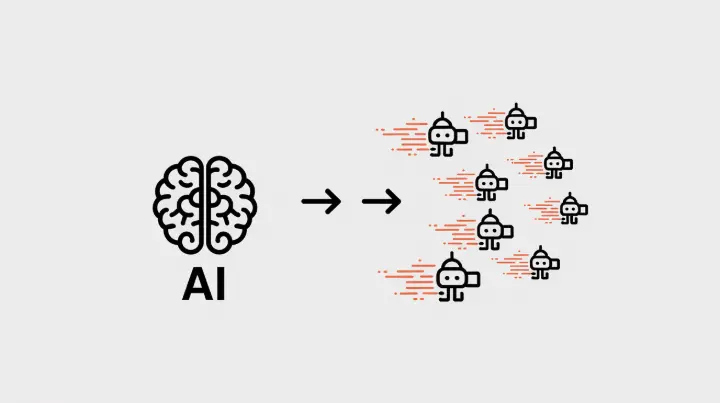
Understanding Agent-First Architecture
Agent-first design represents a fundamental rethinking of AI system architecture. Instead of focusing solely on model performance metrics, organizations are now obsessing over how modular, agentic systems adapt, reason, call in new tools, and learn from their mistakes. This architectural shift emphasizes flexibility and composability over raw model size.
The modern AI agent ecosystem consists of specialized components working in concert.
These systems incorporate memory capabilities, reasoning engines, tool integration frameworks, and coordination mechanisms that allow multiple agents to collaborate on complex tasks.
Industry experts predict that companies building agent-first systems will significantly outperform those clinging to traditional model-centric approaches.

The Rise of Multi-Agent Orchestration
One of the most significant developments in the agent ecosystem is the emergence of multi-agent orchestration platforms. These systems coordinate multiple specialized AI agents, each handling specific aspects of complex workflows.
Rather than relying on a single monolithic model to handle all tasks, orchestration platforms distribute work among agents optimized for particular functions.
AI orchestrators are becoming the backbone of enterprise AI systems, connecting multiple agents, optimizing workflows, and handling multilingual and multimedia data seamlessly.
This approach mirrors human organizational structures where specialized teams collaborate to achieve common objectives. The result is more robust, scalable, and maintainable AI implementations that can adapt to changing business requirements.
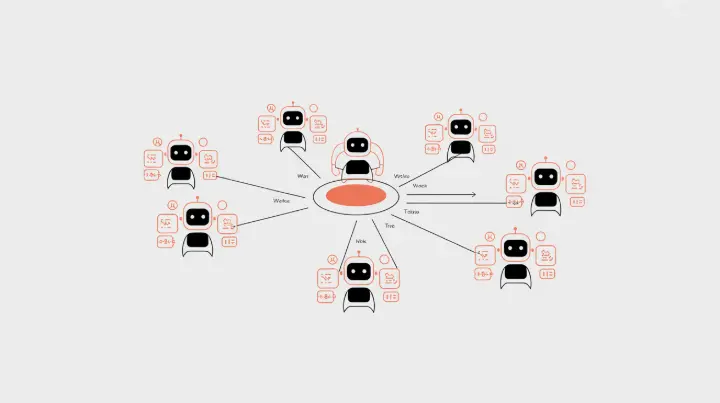
Human-Agent Collaboration Models
The most successful AI implementations in 2025 are those that thoughtfully integrate agents into existing human workflows rather than attempting wholesale replacement of human workers.
Collaborative AI agents are designed as intelligent partners that handle routine aspects of complex tasks while leaving strategic decision-making and creative problem-solving to humans.
This human-agent collaboration requires new organizational approaches. Companies are fostering a "human plus agent" mindset through cultural change, targeted training programs, and supporting early adopters as internal champions.
The workforce must be equipped for new ways of working that leverage the complementary strengths of both humans and AI agents.
McKinsey research indicates that organizations are actively creating new roles and updating training programs to support this collaborative model.
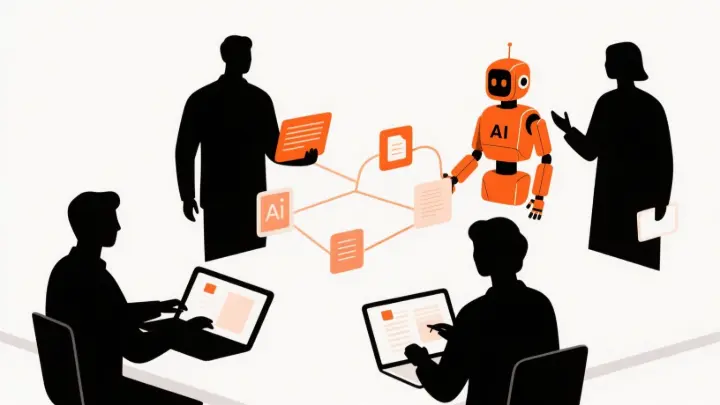
Enterprise Adoption and Budget Shifts
The market has responded enthusiastically to the agent revolution. Recent surveys show that 88% of senior executives plan to increase AI-related budgets in the next 12 months specifically due to agentic AI capabilities.
More impressively, 79% report that AI agents are already being adopted in their companies, with two-thirds of those organizations seeing tangible results.
Software companies are embedding agentic AI capabilities directly into their core products, making these systems more accessible to organizations without deep AI expertise.
This democratization of agent technology is accelerating adoption across industries and company sizes. The investment patterns suggest that businesses view agent systems as strategic imperatives rather than experimental technologies.

Managing Agent Ecosystems at Scale
As agent adoption accelerates, organizations face new challenges in managing these systems at scale.
Unlike traditional software deployments, AI agents require ongoing monitoring, governance frameworks, and control mechanisms to ensure reliable performance.
The risk of hallucinations (plausible but inaccurate outputs) necessitates robust validation systems and human oversight for critical decisions.
Companies are developing agent governance frameworks that address alignment with business objectives, ethical guidelines, and regulatory requirements.
These frameworks must evolve continuously as agents learn, systems shift, and organizational trust deepens.
Sprawl containment has emerged as a critical concern, with organizations needing to prevent uncontrolled proliferation of agents that could create management nightmares reminiscent of early robotic process automation deployments.
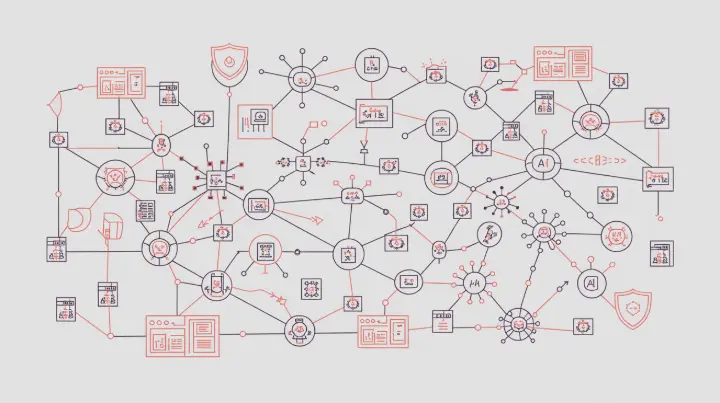
The Agent Framework Marketplace
The AI agent ecosystem is rapidly maturing into two primary market categories: agent frameworks and agent providers.
Frameworks offer building blocks for developing custom agents, giving enterprises flexibility, control, and extensibility through open-source tools and development platforms.
These solutions appeal to organizations with strong technical capabilities and unique requirements.
Agent providers, conversely, offer ready-made solutions for common business problems, allowing faster deployment at the cost of some customization.
This market bifurcation creates opportunities for organizations to choose implementation strategies that match their capabilities and needs.
Many enterprises are adopting hybrid approaches that combine pre-built agents for standard functions with custom agents for proprietary processes.
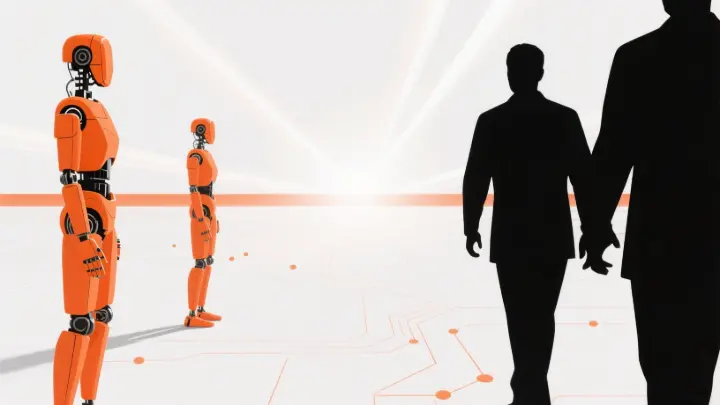
Looking Ahead: The Agentic Future
The transition from models to agents and ecosystems represents the maturation of artificial intelligence as an enterprise technology.
Success in this new era requires thinking beyond model capabilities to consider agent design, workflow integration, orchestration strategies, and human collaboration models.
Organizations that master these elements will unlock unprecedented productivity gains and competitive advantages.
The agents revolution is not about replacing human intelligence but augmenting it through intelligent systems that handle routine tasks, provide real-time insights, and enable humans to focus on high-value activities requiring judgment, creativity, and emotional intelligence.
As we move deeper into 2025 and beyond, the winners will be those who view AI not as standalone models but as integrated ecosystems of agents working harmoniously with human teams to achieve shared objectives.